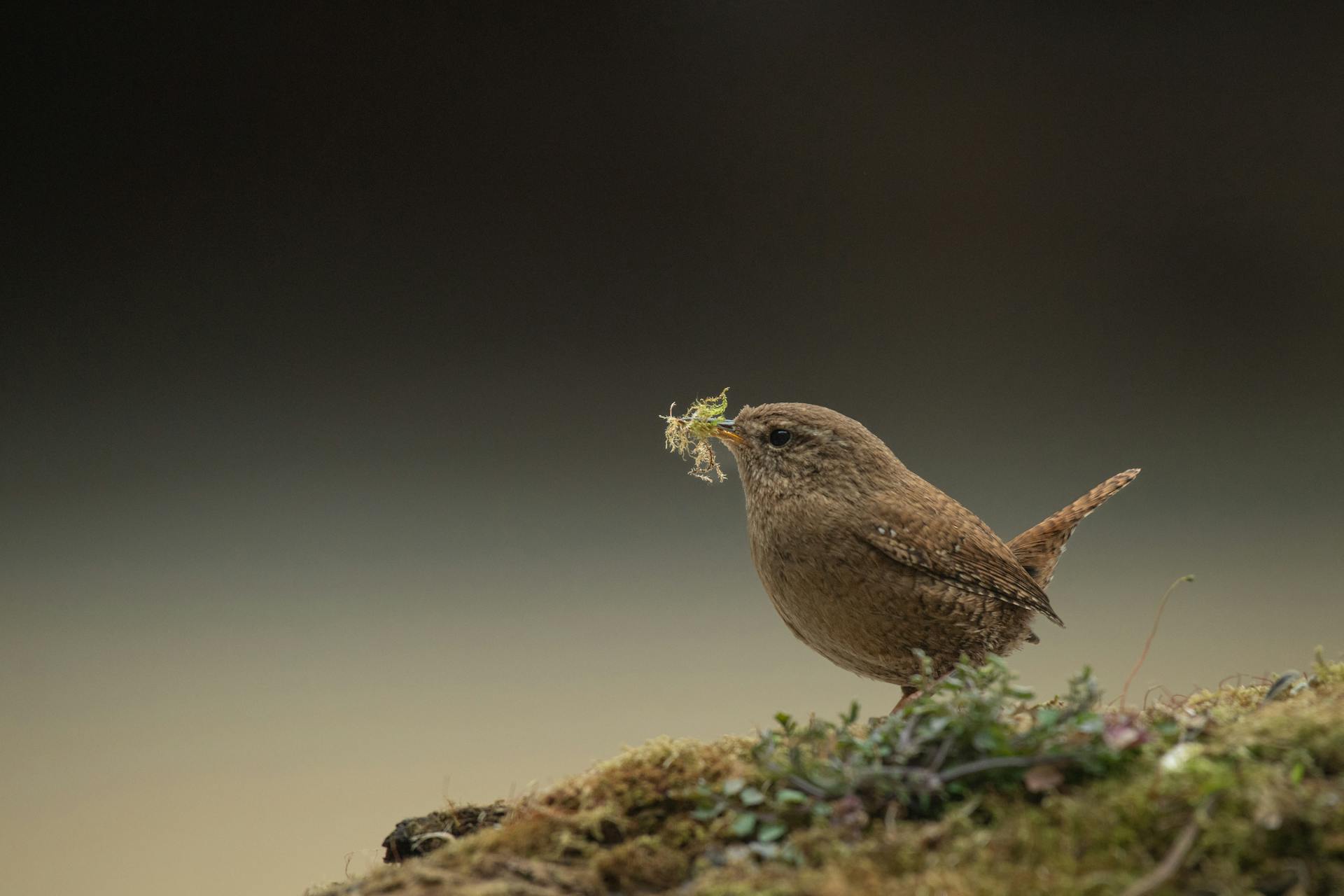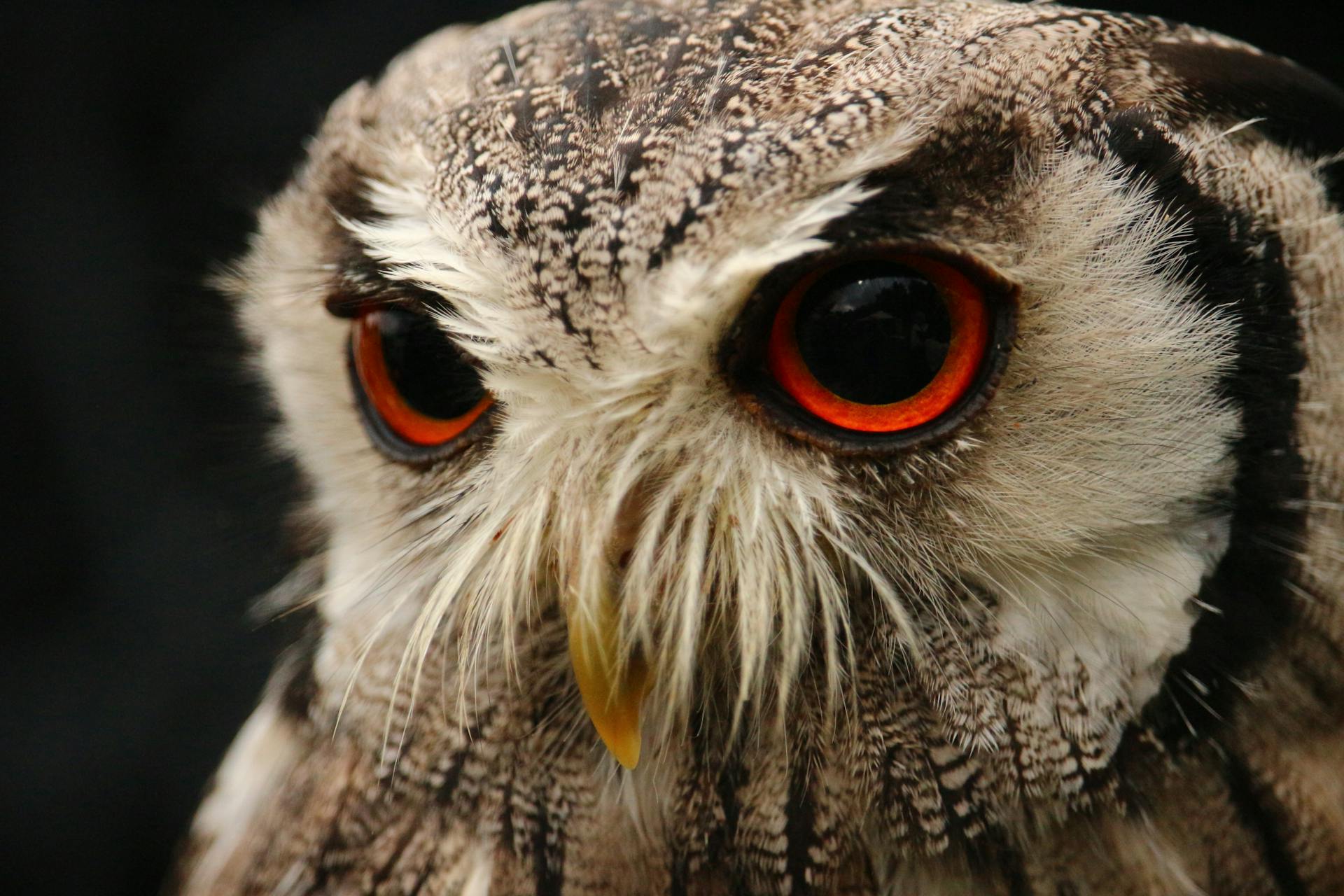Imagine a world where architectural marvels are crafted not by human hands but by the beaks and claws of birds. In every corner of the globe, from dense forests to arid deserts, birds engage in a remarkable competition of craftsmanship, constructing nests that rival the ingenuity of human engineering.
Bird nests are far more than mere shelters; they are exquisite examples of natural architecture, demonstrating a stunning diversity and complexity. Across different species and habitats, the variety in nest designs is a testament to the birds’ ingenuity and adaptability. From the intricate, woven creations of Weaverbirds to the elaborate courtship structures of Bowerbirds, each nest tells a unique story of survival, protection, and reproduction. This article delves into the architectural brilliance of bird nests, exploring the fascinating range of designs and construction techniques that highlight nature’s own engineering prowess.
The Purpose of Bird Nests
Bird nests serve as essential havens for the reproductive success of avian species. Their primary function is to offer protection and safety for eggs and chicks, ensuring that the young have a secure place to develop and grow. Nesting sites are meticulously chosen and constructed to shield vulnerable eggs from predators and harsh environmental conditions. For many species, the nest is not just a temporary shelter but a critical factor in the survival of the offspring, providing a safe environment where they can be nurtured until they are ready to fledge.
Beyond mere safety, nests play a pivotal role in the breeding and raising of young birds. They offer a controlled space where parents can incubate eggs, feed their chicks, and teach them essential survival skills. This nurturing environment helps ensure that the chicks are adequately cared for until they are ready to face the outside world. Additionally, bird nests act as a buffer against environmental factors such as weather and predators. By building their nests in specific locations and using various materials, birds can effectively shield their young from extreme temperatures, rain, and other climatic challenges, as well as from potential threats from predators.
Types of Bird Nests
A. Simple Nests
Simple nests are the most basic form of avian architecture. Constructed from readily available materials like twigs, grass, and leaves, these nests are functional yet unadorned. Birds such as the House Sparrow and the Common Blackbird are known for their straightforward nest designs. These nests are typically built in easily accessible locations like tree branches, bushes, or even man-made structures. Despite their simplicity, these nests effectively meet the essential needs of the birds, providing a safe and stable environment for their eggs and young.
B. Elaborate Nests
In contrast to simple nests, elaborate nests feature complex structures with multiple chambers and intricate designs. These nests demonstrate remarkable architectural sophistication and are often a result of extensive construction effort. The Bowerbird’s bower, for instance, is an elaborate structure used primarily for courtship displays rather than as a functional nest. Weaverbirds are renowned for their woven nests, which are intricately crafted and often suspended from tree branches. These nests showcase a high degree of skill and coordination, reflecting the birds’ ability to create elaborate and durable homes.
C. Specialized Nests
Specialized nests are built in unusual locations or with unique materials, reflecting the adaptability and innovation of various bird species. For example, the Cliff Swallow constructs its mud nests under overhangs and cliff faces, using a mixture of mud and saliva to create sturdy, weather-resistant homes. Similarly, Kingfishers dig burrows into riverbanks, creating a tunnel-like nest that provides protection from both predators and the elements. These specialized nesting strategies highlight the diverse approaches birds take to ensure the survival and safety of their offspring.
Materials and Construction Techniques
A. Natural Materials
Birds utilize a wide range of natural materials to construct their nests, each chosen for its specific properties. Common materials include twigs, leaves, feathers, and mud. For instance, a Robin may use a combination of grass and mud to create a sturdy, well-insulated nest, while a Hummingbird constructs a tiny cup-shaped nest with spider silk and plant down for flexibility and resilience. The choice of materials often reflects the bird’s habitat and the environmental conditions it faces.
B. Unique Building Methods
Birds exhibit a variety of unique building techniques, such as weaving, plastering, and shaping. Some species, like the Weaverbird, use their beaks and claws to intricately weave plant fibers into complex structures. Others, such as the Barn Swallow, incorporate mud into their nests, using it to create a solid, weatherproof exterior. Additionally, certain birds, like the Tool-using New Caledonian Crow, demonstrate remarkable ingenuity by using tools to aid in their nest-building efforts. These methods underscore the diverse and inventive approaches birds use to create their homes.
Adaptations and Innovations
A. Adaptations to Environment
Birds have evolved a range of nesting adaptations to suit their specific environments. For example, Arctic Terns build nests that are insulated against freezing temperatures, while some desert-dwelling birds create nests with ventilation to keep cool. These adaptations ensure that nests remain functional and protective, regardless of the challenges posed by their surroundings.
B. Behavioral Innovations
Birds also exhibit innovative behaviors related to nesting. Some species use camouflage to blend their nests into the environment, reducing the risk of predation. Others engage in communal nesting, where multiple pairs of birds share a nesting site, providing increased protection and social interaction. These behavioral strategies highlight the ways in which birds have adapted their nesting practices to enhance survival and reproductive success.
C. Impact of Evolution
The evolution of nesting behavior and architecture has been significantly influenced by environmental pressures and survival needs. Over time, birds have developed diverse nesting strategies that reflect their ecological niches and the challenges they face. Evolutionary pressures have led to the refinement of nesting techniques, resulting in a wide array of nest designs and construction methods that optimize survival and reproductive success.
The Role of Bird Nests in Ecosystems
A. Ecological Significance
Bird nests play a crucial role in ecosystems, serving as indicators of environmental health and contributing to local biodiversity. The presence and condition of bird nests can provide valuable insights into the state of an environment and the health of avian populations. Additionally, nests support various other species, as abandoned or unused nests often become homes for insects, mammals, or other birds.
B. Contributions to Science and Conservation
Studying bird nests offers important insights into bird behavior, ecological interactions, and species conservation. Research on nesting habits helps scientists understand avian needs, threats, and adaptations, informing conservation efforts and habitat management. Conservation initiatives often focus on protecting critical nesting sites and ensuring that birds have the resources they need to successfully raise their young.
Case Studies of Remarkable Bird Nests
A. The Bowerbird’s Bower
The Bowerbird’s bower is a stunning example of avian architecture, known for its elaborate courtship display. The male Bowerbird constructs a decorative structure using a variety of materials, including flowers, feathers, and even bits of plastic or glass. This bower is meticulously arranged to attract potential mates, showcasing the bird’s creativity and skill in nest construction.
B. The Weaverbird’s Nest
Weaverbirds are famous for their complex woven nests, which are often suspended from tree branches. These nests are intricately designed, with multiple chambers and a robust structure that provides protection and stability. The weaving process involves a high degree of coordination and dexterity, highlighting the engineering prowess of these birds.
C. The Kingfisher’s Burrow Nest
Kingfishers build burrow nests by excavating tunnels into riverbanks. This nesting strategy provides protection from predators and harsh weather conditions. The burrow nest is lined with fish bones and other debris, creating a secure environment for the eggs and chicks. The burrowing process itself is an impressive feat of avian adaptation, demonstrating the Kingfisher’s ability to thrive in its aquatic habitat.
Conclusion
The diverse and intricate designs of bird nests reveal the remarkable architectural ingenuity of avian species. From simple structures to elaborate constructions, each nest reflects the unique adaptations and innovations of the birds that build them. Understanding and appreciating these natural marvels underscores the importance of conserving nesting habitats and supporting ongoing research. By protecting these vital sites and studying avian architecture, we can gain deeper insights into the natural world and ensure the continued success of bird populations


